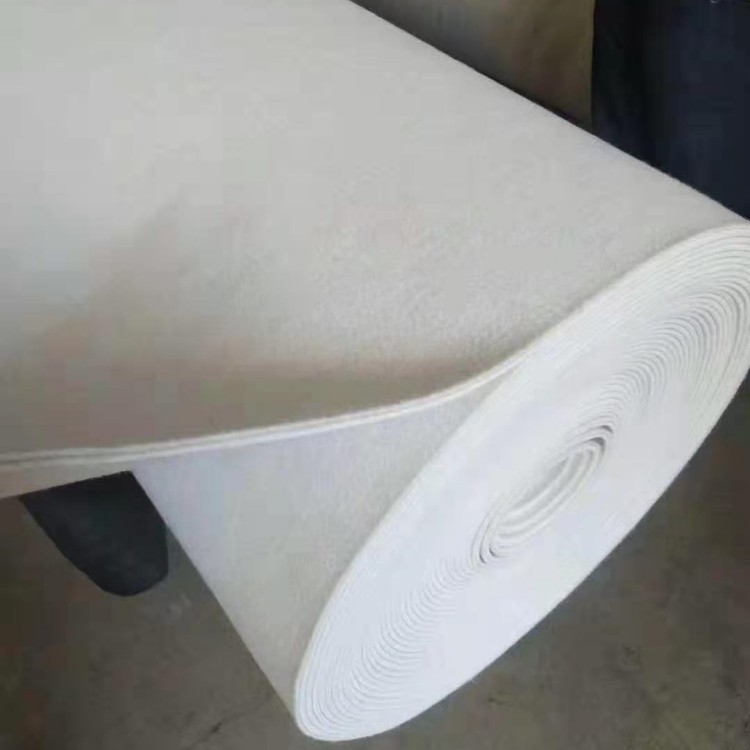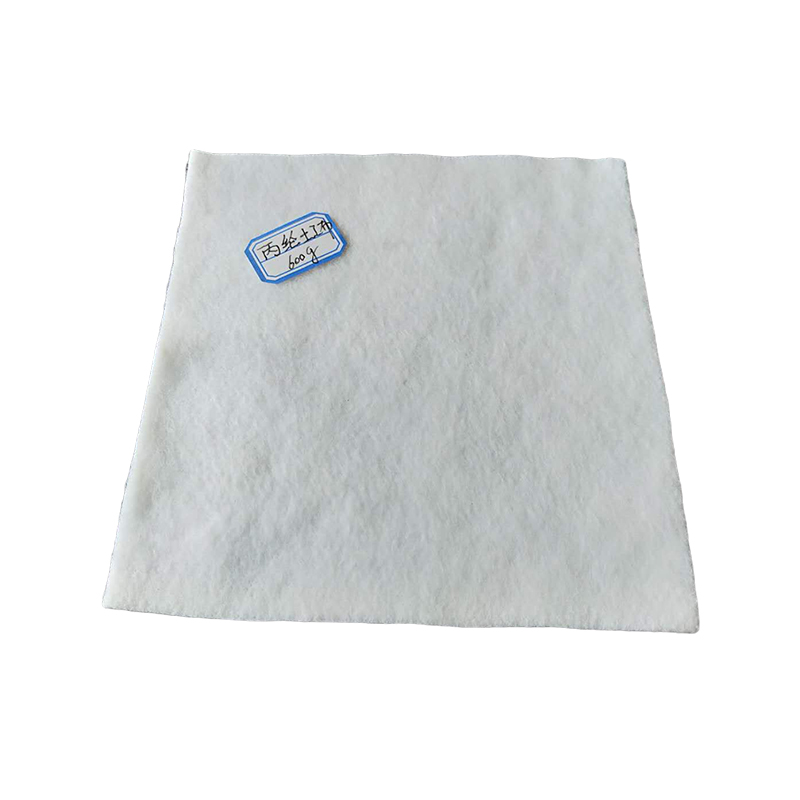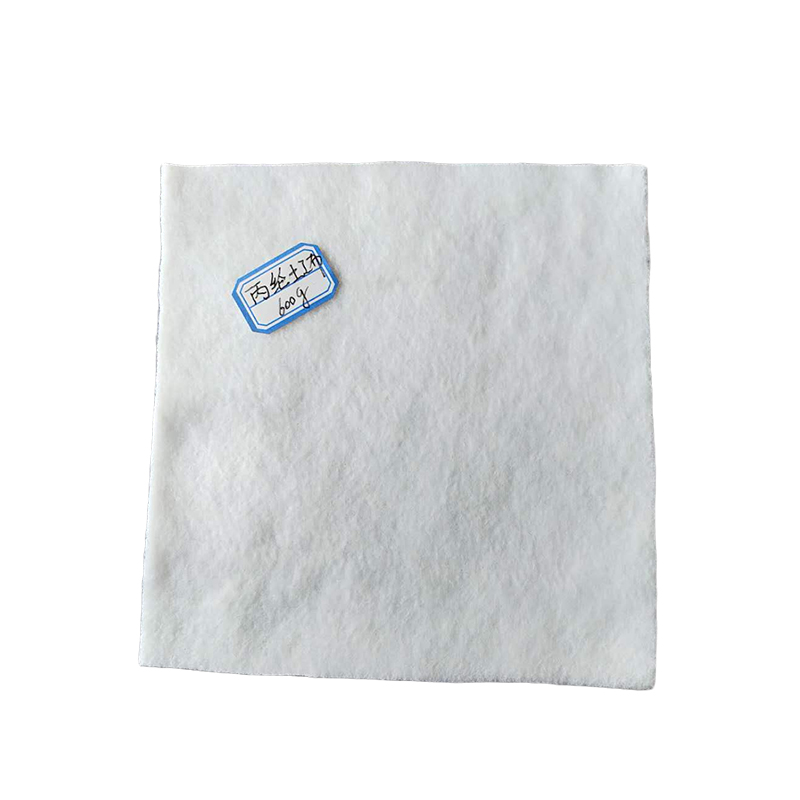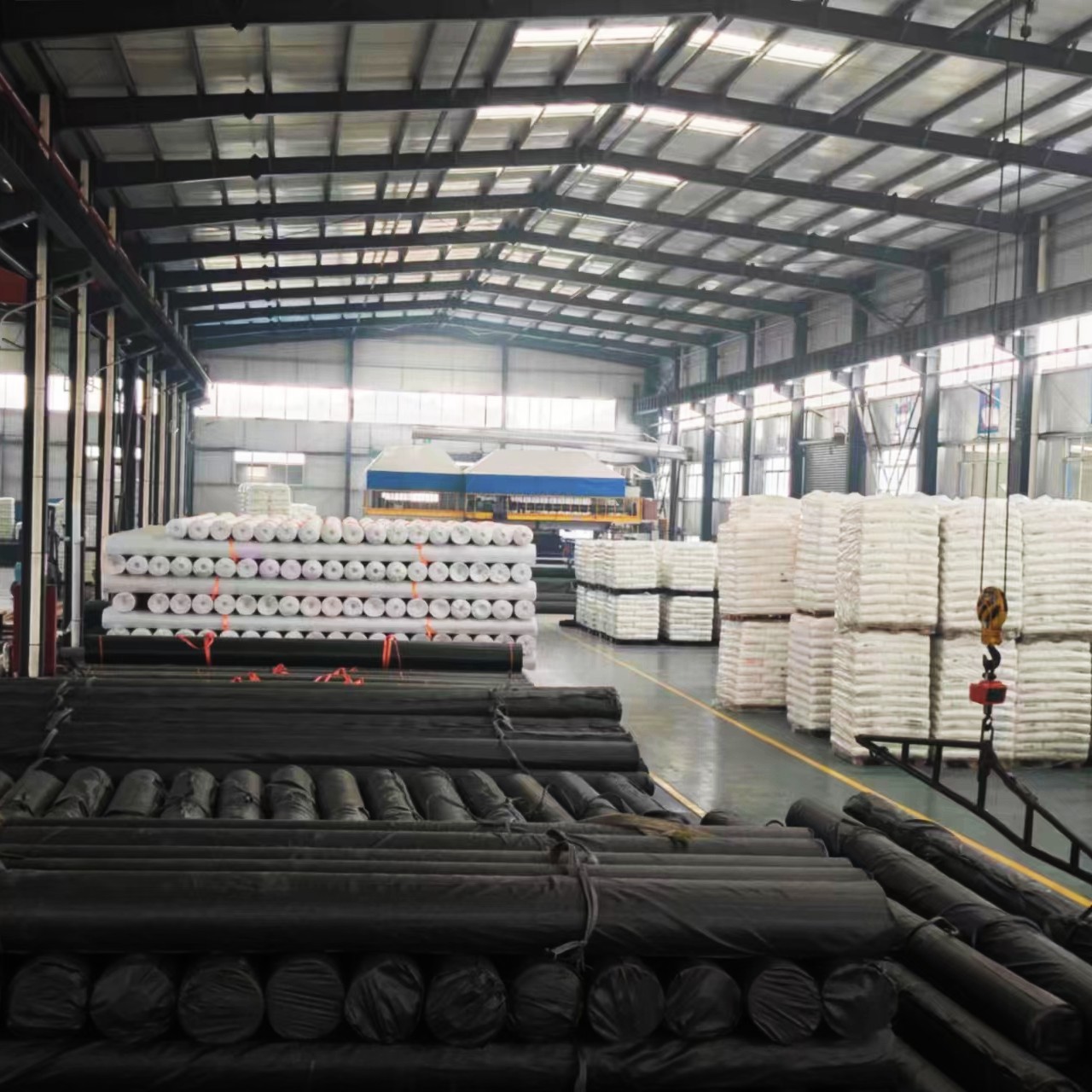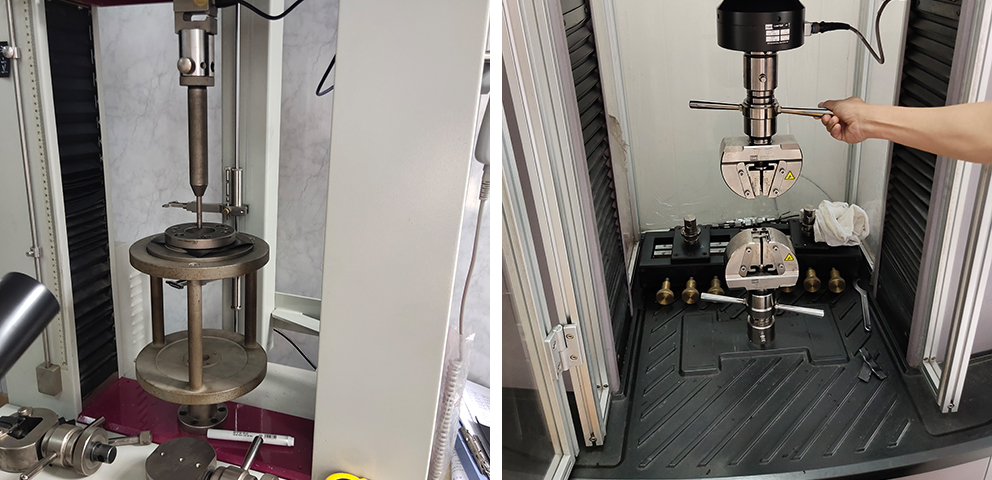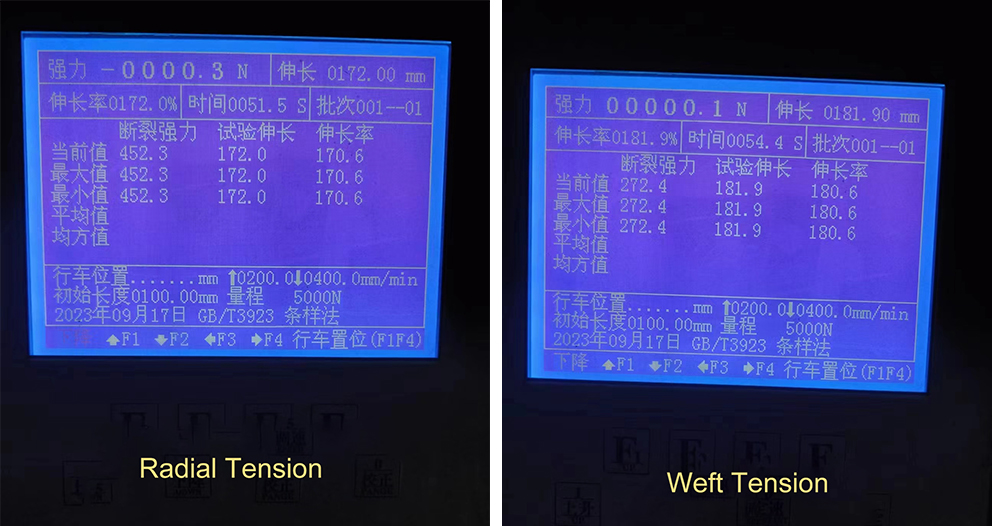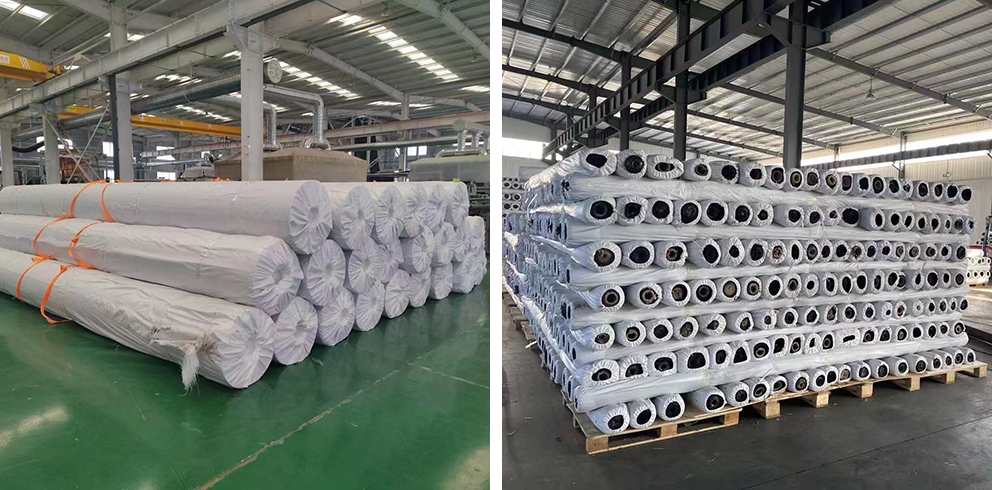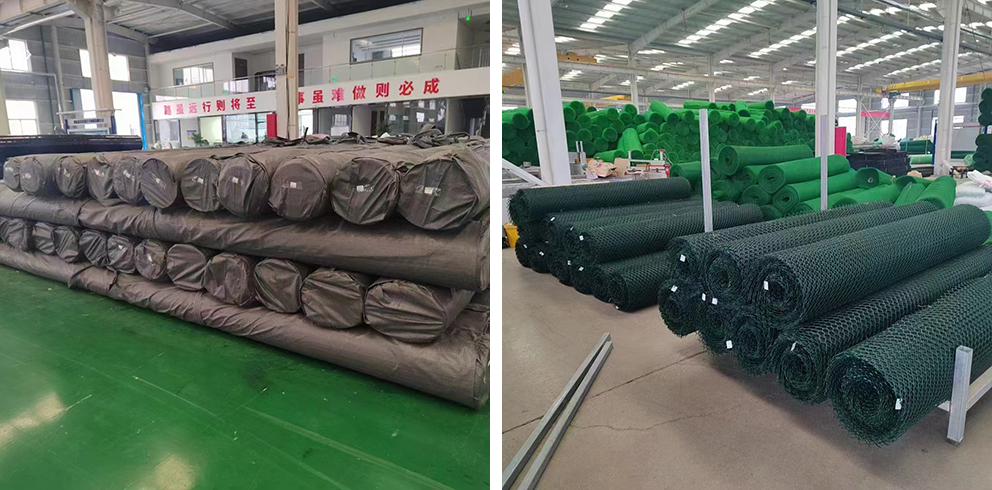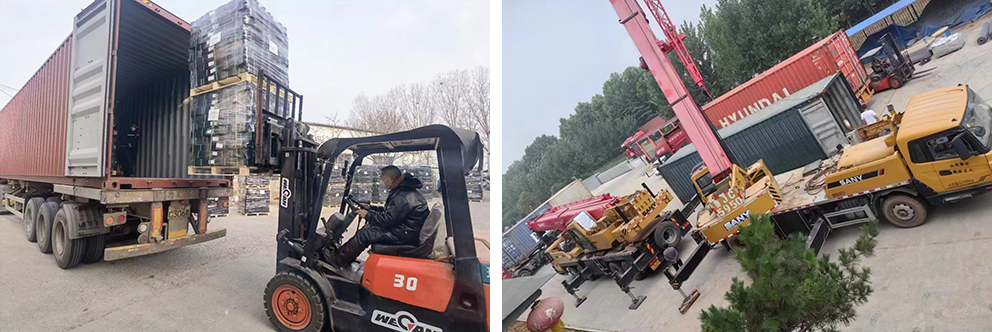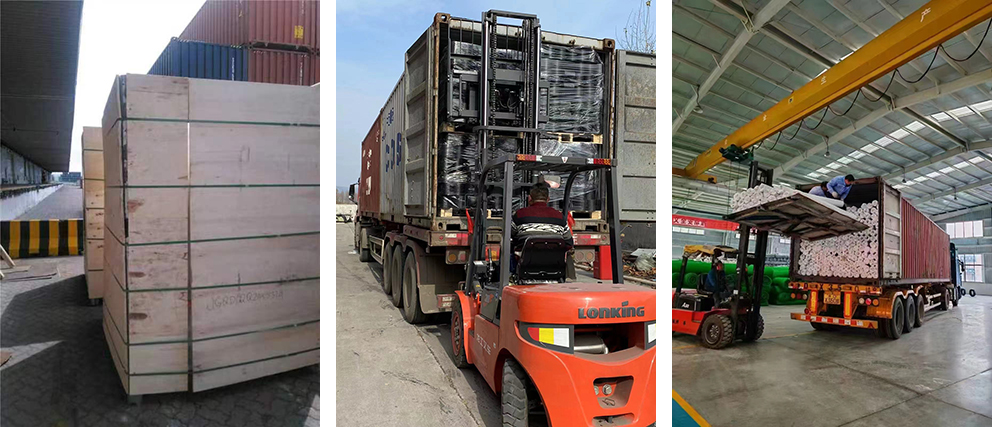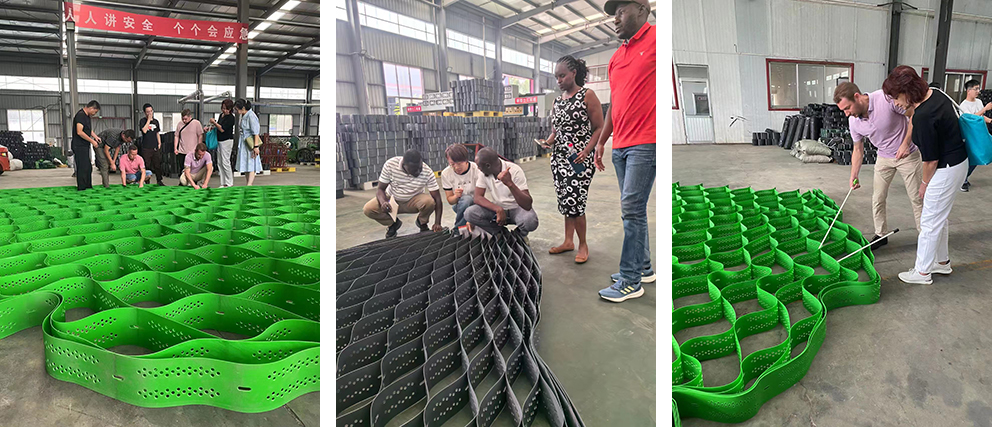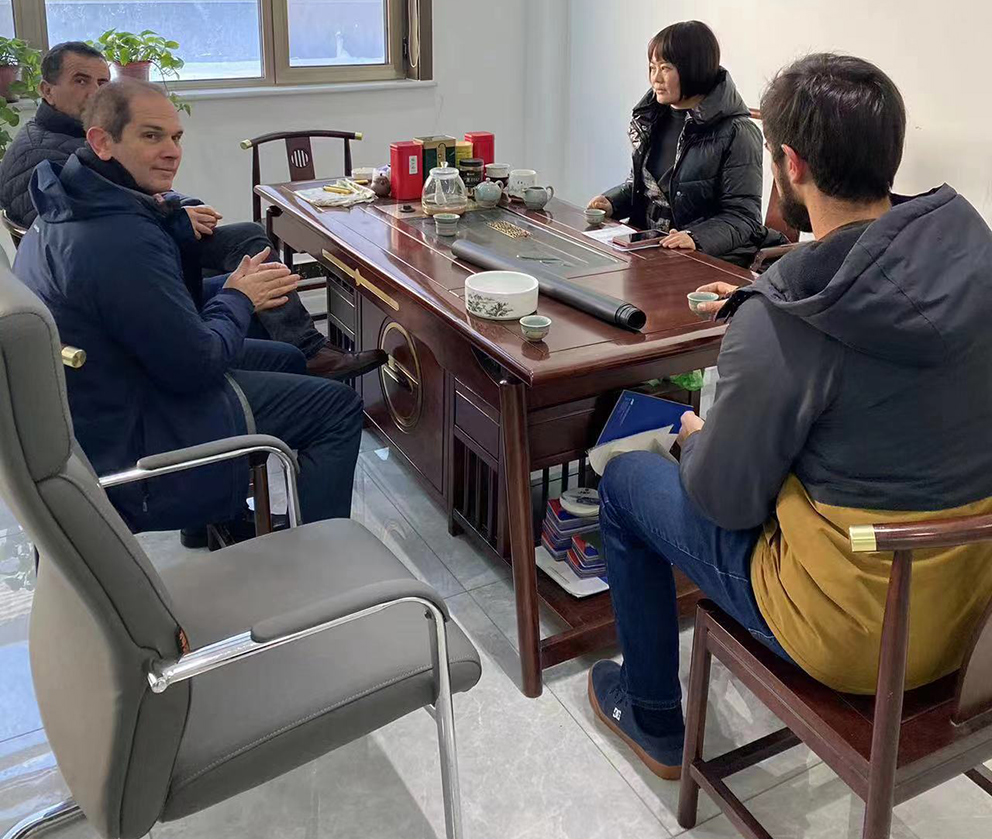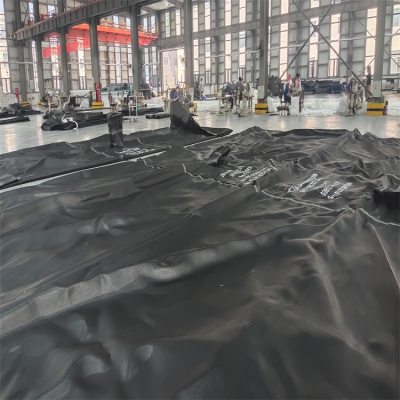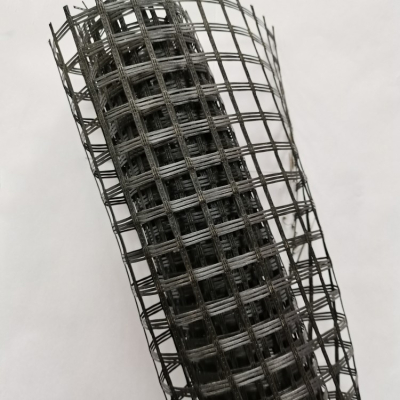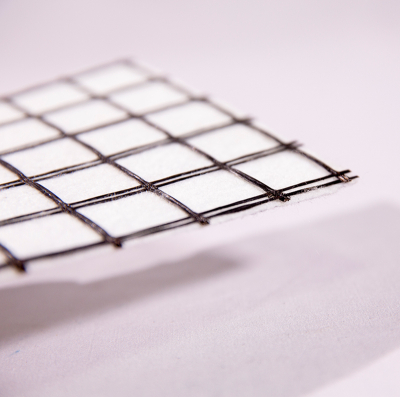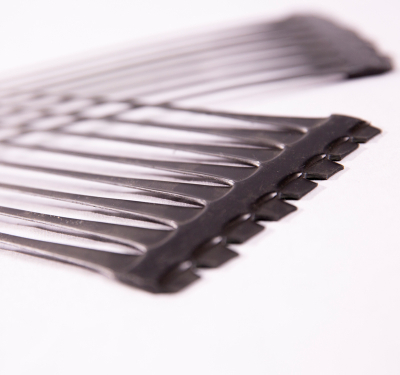PP High Strength Nonwoven Geotextile
PP needle punched geotextile is manufactured from short synthetic fabric (polypropylene fiber).The product is formed after the processes of opening,combing,mixing and disordering,lapping and needling.
PP Nonwoven Geotextiles has good impermeability and resistance to deformation, which allows geotextiles be widely applied in civil projects for separation,filtration,reinforcement, protection and drainage.
PP Nonwoven geotextiles are used as separation fabrics when higher water flow is required for the application. This can include acting as a separator between the drainage gravel backfill behind a retaining wall, wrapping the stone surrounding the pipe in a french drain, or as an underlayment below riprap. Nonwoven geotextiles can also be treated to resist water flow and used as a pavement underlay by binding with the asphalt to create a barrier to water.
Introduction:
Polypropylene non woven needle-punched geotextile is made of polypropylene staple fibers on cross-laying equipment and needle punched equipment. It owns the advantages of acid and alkali resistance, erosion resistance, aging resistance, large strength, stable size, good filtrability etc.
Properties:
Excellent drainage performance
High strength,excellent tenacity
Anti-aging,anti-acid and alkali
Can accommodate irregular deformations
Creep, corrosion and abrasion resistance
Safe and easy for construction
Technical Parameters:
Typical product performance data-PP nonwoven geotextile | ||||||
Basis weight[g/m2] | 100 | 200 | 400 | 700 | 1000 | |
CBR puncture strength[kN] | 1.0-1.1 | 2.0-2.2 | 3.9-4.3 | 6.9-7.6 | 9.8-10.8 | |
Tensil strength[kN/m] | MD | 5.9-6.5 | 12.0-13.0 | 24.0-26.0 | 41.0-46.0 | 59.0-65.0 |
CD | 5.8-6.4 | 12.0-13.0 | 23.0-26.0 | 41.0-45.0 | 58.0-64.0 | |
Elongation | >50 | >50 | >50 | >50 | >50 | |
Use:
1. Filtration
When water passes from a fine-grained to a coarse-grained layer, non-woven geotextiles can retain fine particles well. Such as when water flows from a sandy soil into a geotextile wrapped gravel drain.
2. Separation
To separate two layers of soil with distinct bodily properties, such as the separation of street gravel from smooth sub-base materials.
3. Drainage
To drain liquid or gasoline from the airplane of the fabric, which leads to draining or venting of the soil, such as the gasoline vent layer in a landfill cap.
4. Reinforcement
To enhance the load bearing capability of a unique soil structure, such as the reinforcement of a keeping wall.
Production Equipment:
Test Equipment:
Inventory:
Loading:
Customer Factory Inspection:



